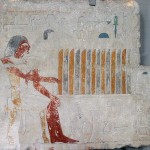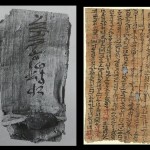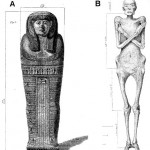
The Significance of the Crossed Arms Pose in the New Kingdom – Part 1
Amongst the many miracles through which delicate objects are preserved from ancient Egypt down into modern times, perhaps the most remarkable is the survival of the mortal remains of a virtually complete sequence of New Kingdom rulers. These kings, along with a number of queens and lesser royalty – who date from the end of the Seventeenth Dynasty through to the start of the Twenty-Second Dynasty – are generally referred to as the Royal Mummies, and were for the most part recovered from the Royal Cache of 1881 (in tomb TT320), and the Second Royal Cache of 1898 (in tomb KV35, the tomb of Amenhotep II). [more…]
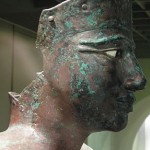
Labib Habachi A Life to Know…. Part 1
The story of Labib Habachi was predictable (Figure 1). For centuries Egyptians suffered from the prejudicial views of foreigners arriving in their country. Some came in search of treasure, others in pursuit of knowledge and many simply to pass time because they had the wealth to do so. Half-hearted efforts were made by a few to train Egyptians as excavators, such as when a University was opened in 1869 in Bulaq. Lacking support and adequate funding it proved unsuccessful, closing its doors in less than five years. [more…]

Marianne Brocklehurst and the West Park Museum, Macclesfield – Part 1
Marianne Brocklehurst was the daughter of a wealthy Victorian silk manufacturer (figure 1). On the one hand she was, by all accounts, charming, bright, and full of curiosity, with a love of travel and history. She was articulate, an engaging writer and a talented painter and cartoonist. But although her portraits show a beautiful face, Marianne had side to her that was far from angelic side to her. Travelling to Egypt in the early 1870s she became a self-confessed amateur smuggler, enthusiastically joining in with the popular pastime of purchasing black-market objects to take home. [more…]
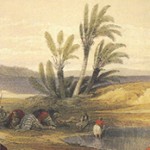
Book Review: Traveling Through the Deserts of Egypt
Traveling Through the Deserts of Egypt is a book of excerpts from the works of writers from Herodotus to modern times. The authors are the founding members of the Association for the Study of Travel in Egypt and the Near East (ASTENE) and between them have written a number of books and essays on travel writing. As one would expect with a publication from the American University in Cairo Press (AUC), the production values are excellent. [more…]
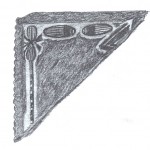
The goddess Neith in the Early Dynastic period
The goddess Neith was one of Egypt’s oldest deities, very well documented from the Early Dynastic period, when Egypt was first brought together as a unified country. She is very familiar from later periods, particularly in the New Kingdom and Third Intermediate periods (figure 1). Over the millennia she was endowed with numerous attributes: a creation goddess, a sky goddess, a protector of the king (with Isis, Nephthy and Serket), protector of one of the Four Sons of Horus, the mother of Sobek, and the consort of Seth, occasionally associated with snake, cow and pig. So where did this great deity come from? The earliest evidence to allow the formation of a coherent picture is Early Dynastic. [more…]
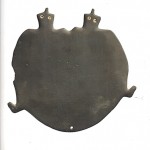
Book Review: Dawn of Egyptian Art
The United States was blessed with two exhibitions about the Predynastic in the last two years: Before The Pharaohs at the Oriental Institute in Chicago (March 29th to December 31st 2011) and Dawn of Egyptian Art at the New York Metropolitan Museum of Art (April 10th – August 5th 2012). Both museums produced books to both accompany the exhibition and serve as standalone works, edited by their curators, with contributions by a number of well-known scholars in Predynastic and Early Dynastic research. In this edition I will look at will look at Dawn of Egyptian Art. In Edition 9 I will review Before the Pharaohs. [more…]

Merneith – The First Queen of Egypt?
Merneith: The First Queen of Egypt? With considerable attention lavished upon the Eighteenth Dynasty, popular TV documentaries, and with a much-visited Mortuary Temple at Deir el-Bahri, many people are aware that the female ruler Hatshepsut reigned as “King” and Pharaoh during the New Kingdom. Many people also know that Queen Cleopatra (Cleopatra VII Philopator) ruled […] [more…]

Replicating the tomb of Tutankhamun. Conservation and sustainable tourism in the Valley of the Kings
The closure of the tomb of Tutankhamun, to be replaced by an exact facsimile, has been much reported in the UK media and highlights a number of issues and raises some interesting questions. Although this is largely a discussion about the tomb of Tutankhamun, the tomb cannot be discussed in isolation and is put into the wider context of conservation issues across the royal cemeteries of the West Bank and broader globally-relevant issues of sustainable tourism. [more…]
 By
By 